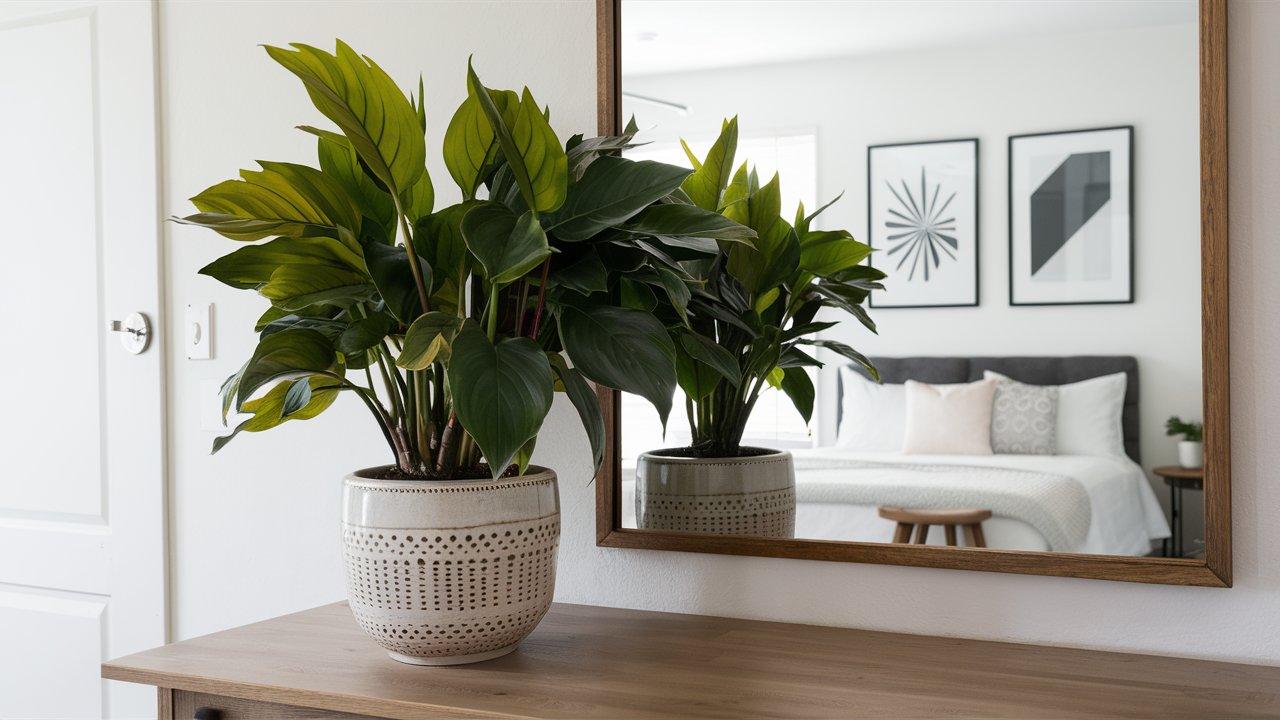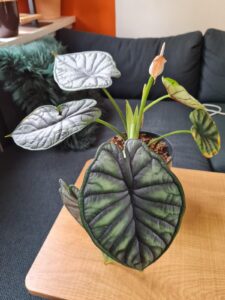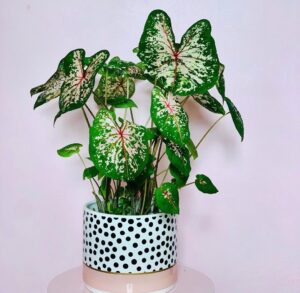
As the cost of living continues to rise, many of us are looking for ways to reduce our expenses and save money. One often overlooked solution is to incorporate houseplants into our daily lives. Not only do they provide aesthetic appeal and air purification, but they can also serve as a natural insulator, helping to reduce energy bills and keep our homes warm in the winter and cool in the summer.
In this article
The Science Behind Houseplants and Insulation
At their core, houseplants are living, breathing organisms that release a variety of chemicals and compounds into the air as they grow. Some of these compounds, such as terpenes and flavonoids, have been shown to have potent insulating properties – the very same properties that can help reduce energy consumption and save money on energy bills.
“The key is to choose plants that are known for their insulating properties. Plants like succulents and cacti are particularly effective at insulating, as they have thick, waxy leaves that can help retain heat and moisture.”
Dr. Emily Walters, botanist.
According to Walters, the benefits of houseplants as insulators extend beyond just their chemical composition. The very act of caring for plants can also have a calming, stress-reducing effect on the body, which can help reduce energy consumption and save money on energy bills.
- Temperature Regulation: Houseplants can help regulate the temperature in your home by releasing moisture into the air, which can help keep your home cooler in the summer and warmer in the winter. This can reduce the need for air conditioning and heating, leading to lower energy bills. In a study conducted by the University of California, Los Angeles (UCLA), researchers found that a room with a single Boston fern plant had a 5°F (3°C) lower temperature than a room without the plant. This reduction in temperature can lead to significant energy savings.
- Humidity Control: Houseplants can also help control humidity levels in your home. By releasing moisture into the air, they can help maintain a healthy humidity level, which can reduce the need for dehumidifiers and humidifiers. A study by University of Central Lancashire, UK, found that plants can increase the relative humidity of a non-air-conditioned building by about 5%. However, achieving this effect may require a higher density of planting than what is typically provided in a commercial office environment.
- Air Purification: Houseplants can also help purify the air by removing pollutants and allergens. This can reduce the need for air purifiers and other air-cleaning devices. In a study conducted by the University of Texas at Austin, researchers found that a room with a single spider plant had a 90% reduction in airborne pollutants compared to a room without the plant. This reduction in pollutants can lead to significant energy savings.
- Behavioral Changes: Houseplants can also influence behavioral changes that lead to energy savings. For example, having plants in your home can encourage you to spend more time outdoors, which can reduce energy consumption. New research by the UCLA Luskin Center for Innovation has identified how effective certain incentives can be in motivating people to use less energy in their homes. Offering financial rewards to energy users had a measurable effect on reducing their energy use. Demand response programs result in an overall reduction in energy use, benefiting both the environment and consumers.
“Houseplants are a great way to create a sense of calm and well-being in the home,” Walters says. “By incorporating plants into your daily routine, you can reduce stress and anxiety, which can in turn help reduce energy consumption and save money on energy bills.”
The Benefits of Natural Insulation
Beyond just providing insulation, natural methods like houseplants can offer a host of other benefits. For one, they can help reduce the need for expensive heating and cooling systems.
“I used to spend hundreds of dollars a year on heating and cooling my home,” says Sarah, a homeowner in Chicago. “But since I started using houseplants to insulate my home, I’ve been able to cut back significantly on my energy consumption. It’s been a huge relief for my wallet and my energy bill.”
Natural methods like houseplants can also help reduce the risk of energy-related health issues. Many energy-efficient systems can be noisy, dusty, and even allergenic, which can exacerbate respiratory issues and other health problems.
“I used to have a lot of trouble with allergies and respiratory issues when I lived in a home with a central air system,” says Emily, a young professional in New York City. “But since I started using houseplants to insulate my home, I’ve been able to reduce my exposure to allergens and pollutants. It’s been a huge improvement for my health.”
Choosing the Right Houseplants for Insulation

Not all houseplants are created equal when it comes to their insulating properties. Some species, like ferns and peace lilies, are better suited for humid, tropical environments and won’t be as effective at insulating.
Instead, look for plants with thick, waxy leaves that can help retain heat and moisture. Some of the best options include:
- Succulents
- Cacti
- Aloe vera
- Echeveria
- Crassula
“When choosing plants for insulation, you also want to consider their overall care requirements,” advises Walters. “Plants like succulents and cacti are relatively low-maintenance and can thrive in dry, arid environments.”
Placement is also key – you’ll want to position your insulating plants in high-traffic areas of the home, such as the living room, bedroom, or home office. This will ensure the benefits of the plants are distributed throughout the space, rather than just concentrated in one corner.
Saving Money with Houseplant Insulation
Of course, the real draw of using houseplants for insulation is the potential for cost savings. Traditional insulation methods can be quite expensive, both in terms of their initial purchase price and their ongoing maintenance.
“I used to spend hundreds of dollars a year on insulation and energy-efficient systems,” says Sarah. “But since I started using houseplants, I’ve been able to cut back significantly on my energy consumption. It’s been a huge relief for my wallet and my energy bill.”
According to the U.S. Department of Energy, the average cost of insulation and energy-efficient systems can range from $500 to $2,000 per year, depending on the type and quality of the system. In contrast, a single large houseplant typically costs less than $50, and requires only minimal maintenance and watering to keep it thriving.
“Houseplants are such a smart, sustainable way to insulate your home without relying on expensive systems,” says Walters. “Not only are they more cost-effective, but they also provide a host of other benefits, from air purification to stress reduction. It’s a win-win for your wallet and your well-being.”
So, if you’re tired of dealing with the hassle and expense of traditional insulation methods, consider bringing some lush, leafy houseplants into your living space. With their natural ability to insulate and provide a host of other benefits, you can enjoy a warmer, more comfortable home – all while saving money in the long run.
Reference:
“Study Explains How Consumers Can Be Encouraged to Conserve Energy During Peak Periods” by UCLA Luskin Center for Innovation







